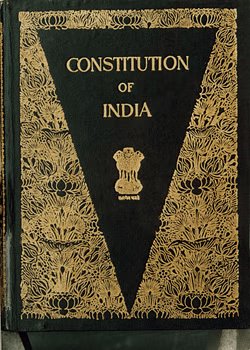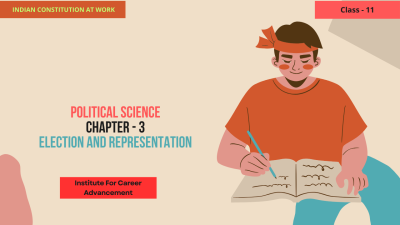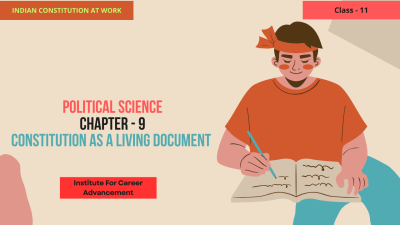Era of One-Party Dominance - Class 12
The era of one-party dominance refers to a period in a country's history where a single political party maintains a prolonged and dominant position in government. This chapter explores the characteristics, implications, and challenges associated with one-party dominance. Key points covered: Characteristics of One-Party Dominance: Examines the factors that contribute to the establishment and maintenance of one-party dominance, such as strong leadership, effective party organization, and limited political competition. Implications of One-Party Dominance: Discusses the potential benefits and drawbacks of one-party dominance, including political stability, economic development, and the potential for authoritarianism. Challenges of One-Party Dominance: Explores the challenges faced by one-party systems, such as lack of accountability, corruption, and resistance from opposition forces. Case Studies: Analyzes specific examples of one-party dominance in different countries, highlighting the unique characteristics and outcomes of each case. Transition to Democracy: Examines the process of transitioning from one-party dominance to democracy, including the challenges and strategies involved. By understanding the era of one-party dominance, students can develop a critical perspective on the relationship between political systems and democratic governance. একদলীয় আধিপত্যের যুগ বলতে একটি দেশের ইতিহাসে এমন একটি সময়কে বোঝায় যখন একটি একক রাজনৈতিক দল সরকারে দীর্ঘ এবং প্রভাবশালী অবস্থান বজায় রাখে। এই অধ্যায়টি একদলীয় আধিপত্যের সাথে সম্পর্কিত বৈশিষ্ট্য, প্রভাব এবং চ্যালেঞ্জগুলি অন্বেষণ করে। অন্তর্ভুক্ত মূল বিষয়গুলিঃ এক-দলীয় আধিপত্যের বৈশিষ্ট্যঃ শক্তিশালী নেতৃত্ব, কার্যকর দলীয় সংগঠন এবং সীমিত রাজনৈতিক প্রতিযোগিতার মতো এক-দলীয় আধিপত্য প্রতিষ্ঠা ও রক্ষণাবেক্ষণে অবদান রাখার কারণগুলি পরীক্ষা করে। এক-দলীয় আধিপত্যের প্রভাবঃ রাজনৈতিক স্থিতিশীলতা, অর্থনৈতিক উন্নয়ন এবং কর্তৃত্ববাদের সম্ভাবনা সহ এক-দলীয় আধিপত্যের সম্ভাব্য সুবিধা এবং অসুবিধাগুলি নিয়ে আলোচনা করে। এক-দলীয় আধিপত্যের চ্যালেঞ্জঃ জবাবদিহিতার অভাব, দুর্নীতি এবং বিরোধী শক্তির প্রতিরোধের মতো এক-দলীয় ব্যবস্থার চ্যালেঞ্জগুলি অন্বেষণ করে। কেস স্টাডিঃ প্রতিটি মামলার অনন্য বৈশিষ্ট্য এবং ফলাফল তুলে ধরে বিভিন্ন দেশে এক পক্ষের আধিপত্যের নির্দিষ্ট উদাহরণ বিশ্লেষণ করে। গণতন্ত্রে রূপান্তরঃ এক-দলীয় আধিপত্য থেকে গণতন্ত্রে রূপান্তরের প্রক্রিয়া, এর সাথে জড়িত চ্যালেঞ্জ এবং কৌশলগুলি পরীক্ষা করে। একদলীয় আধিপত্যের যুগকে বোঝার মাধ্যমে শিক্ষার্থীরা রাজনৈতিক ব্যবস্থা এবং গণতান্ত্রিক শাসনের মধ্যে সম্পর্কের বিষয়ে একটি সমালোচনামূলক দৃষ্টিভঙ্গি গড়ে তুলতে পারে।
English
Last updated
Wed, 27-Nov-2024



















